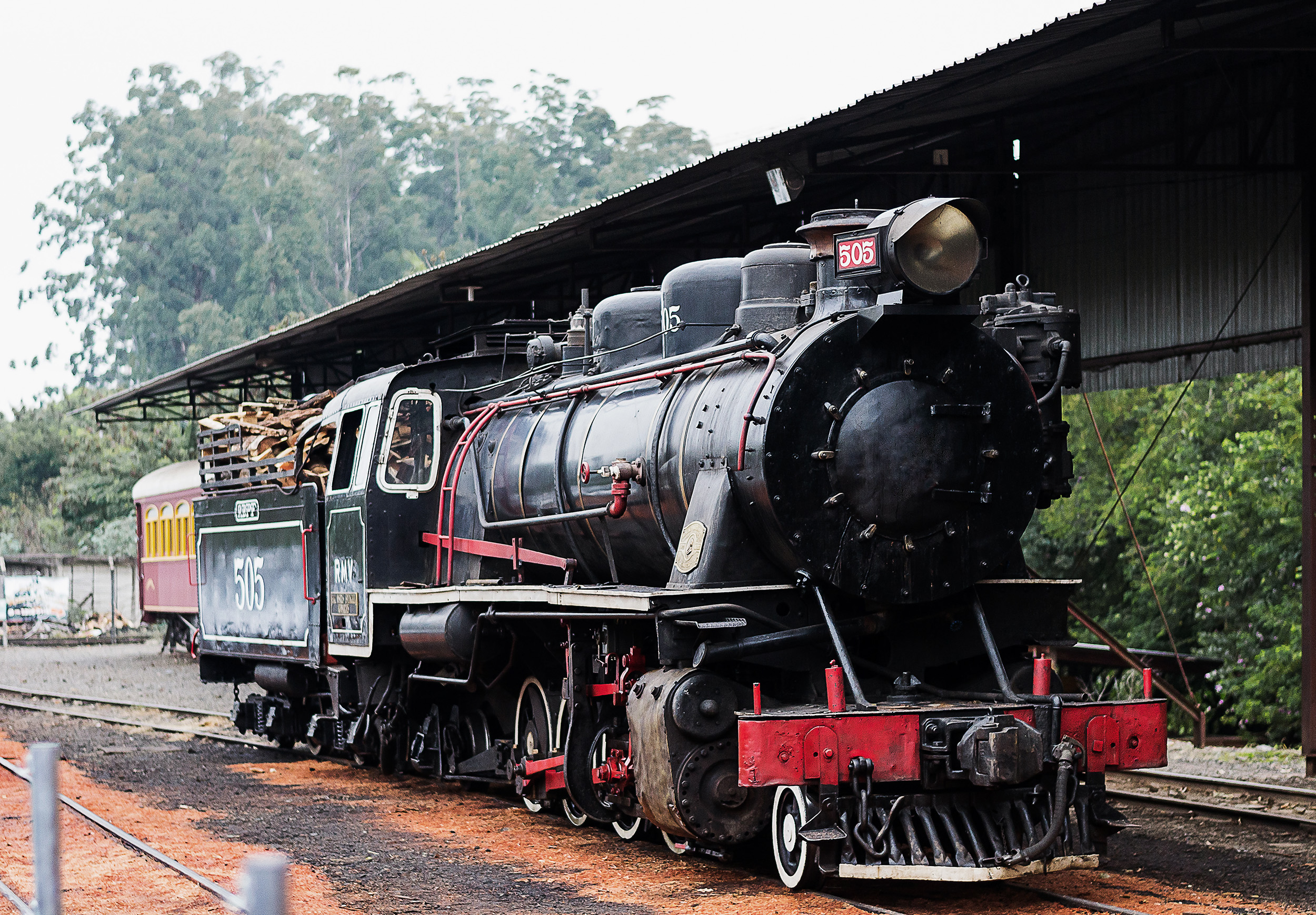The state of São Paulo is the traditional heartland of the Brazilian coffee industry. The first permanent Portuguese settlement in Brazil was the coastal village of São Vicente, established in 1532 near the modern-day port of Santos. The economy was initially based around modest exports of sugarcane, and the state remained relatively isolated from the political and economic centre of the country in the north.
 Colonial monument to the founding of São Vicente, the first Portuguese settlement in Brazil.
Colonial monument to the founding of São Vicente, the first Portuguese settlement in Brazil.
Following the gold rush in Minas Gerais at the end of the seventeenth century, however, settlers and capital flooded into the southeast of Brazil. In the following decades the capital was moved to Rio de Janeiro, and the ports of Rio and Santos were opened up to international trade. Spurred by the growth in trade in the region, the influx of workers from other parts of Brazil, and waves of immigration from Europe, São Paulo developed into one of Brazil’s major agricultural producers.
Residents of the state, known as Paulistas, began growing coffee in the early nineteenth century. Coffee-growing was so profitable that the Paulistas, together with the dairy farmers of Minas Gerais, came to dominate the political scene of the young republic in an era of Brazilian politics known as café com leite (coffee with milk). Construction of the railroads connecting Santos to the interior in the mid-nineteenth century allowed the coffee industry to expand further, and by the end of the nineteenth century, 500 million coffee trees had been planted in São Paulo, producing 50% of all Brazil’s coffee (Pendergrast 2010).
 A restored steam train in Campinas, part of the Mogiana region. The arrival of the railways allowed coffee production in São Paulo to expand dramatically.
A restored steam train in Campinas, part of the Mogiana region. The arrival of the railways allowed coffee production in São Paulo to expand dramatically.
In the twentieth century, the importance of coffee-growing in São Paulo began to decline. Many of the larger farms have stopped growing coffee in recent decades, and an increasing proportion of the state’s coffee producers are smallholders focused on producing specialty coffee (Coltri et al 2019).